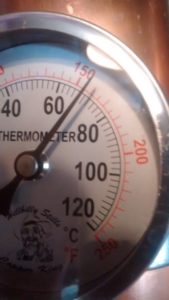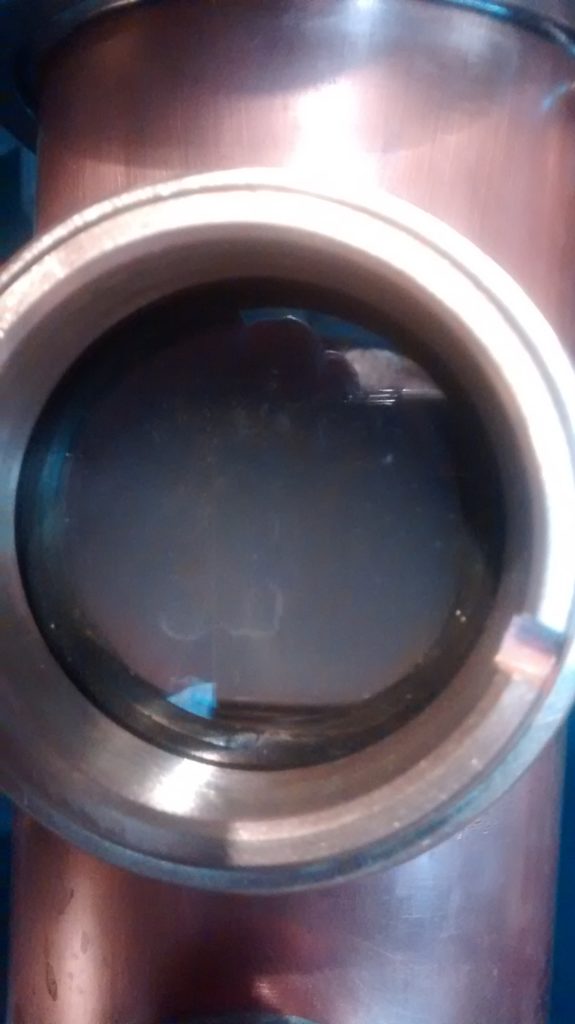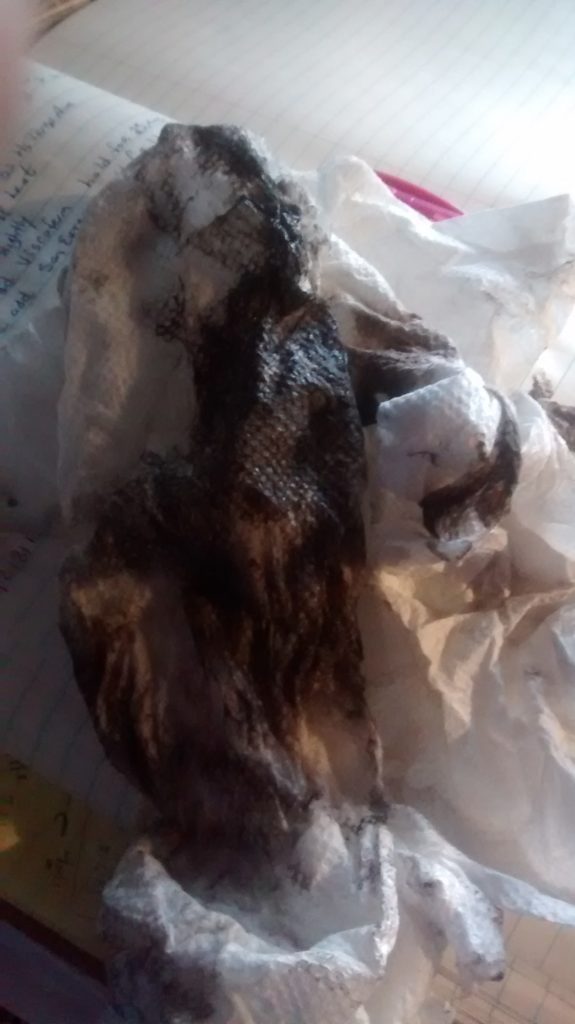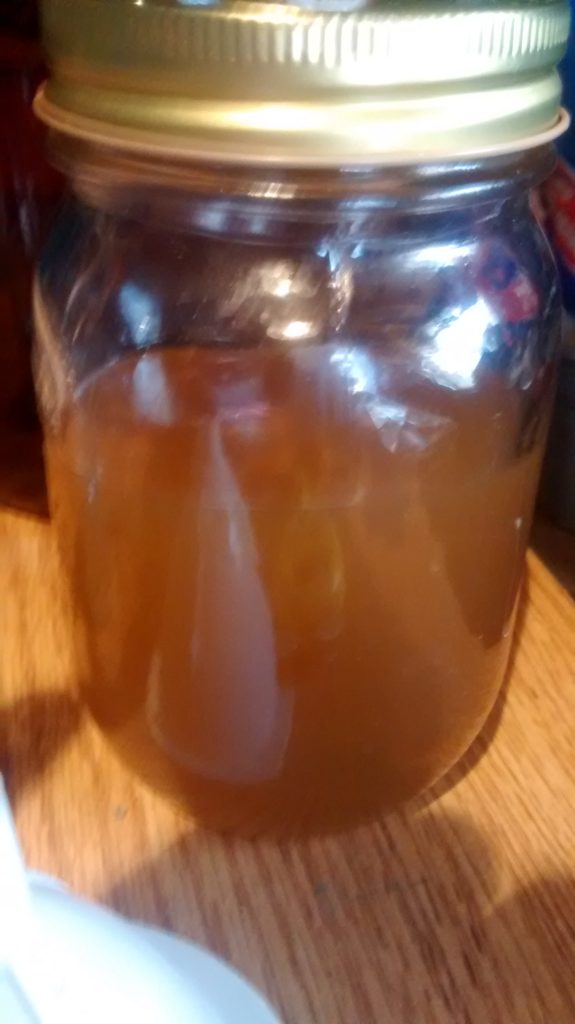In our 5 Day Distillery Workshops we talk about the possibilities of going to the farm and sourcing different types of grains for use at a craft distillery. We caution to physically go to the farm to inspect the grain for evidence of molds or staining on the grain. Evidence of such should be reason not to purchase that particular grain as staining can be a result of fusarium molds which will be toxic to yeast during the fermentation.
I just had the week-end from hell and I am writing to share that experience.
I am assisting a small craft distillery start-up in Saskatchewan to formulate their recipes for their Moonshine. They are farmers and as such have ample access to plenty of grain. They recently provided me with 2 pails of grain ( winter wheat) and asked if I would mash it up, ferment it off and distill it into alcohol that was at or near 80%/volume. I agreed to do so.
As I was grinding the grain I could not help but notice the amount of weeds, seeds and chaff in the pails of grain. I thought to myself – this might make for some grassy type flavors, but for the purposes of this basic exercise I reckoned all would be fine.
I completed the mash, got a final Brix reading of 20 and was quite happy with the sweet goodness as I tasted the mash. I pitched my yeast and the ferment got off to a roaring start.
But, 3 days later, my ever observant wife ( who is now keenly aware of what a ferment should look like) alerted me that the ferments had stopped bubbling. I thought this rather odd, but decided to leave the fermenters alone for a few more days.
I have to sieve my fermented grain mashes though mesh so as not to introduce too many solids into my electrically heated Hillbilly still. As I was sieving the mash, I thought I could detect some occasional solvent odors. Nah!! …must be my imagination I thought to myself.
I loaded the still, turned on the heat and waited for the pot to warm up.
Soon enough, the temperature of my column started to heat up and when I peered into the windows at each plate all I could see was a dense fog. How weird is that, I mumbled to myself…
Eventually the distillate started coming off the still and yikes !!! it was the color of a weak cup of tea. How is that possible, I thought?
Well, the brown liquid kept coming along with a solvent like aroma. When I tasted the distillate, I could detect a faint whisky flavor, but the solvent was predominant and my tongue tingled. I also noted the temperature at the dephlegmator to be about 68C, well below the boiling point of alcohol.
Here is what happened. Evidently, during the mashing process, the artificial enzymes broke down the weeds, seeds and chaff in the grain. The yeast in the fermenter pails started eating this foreign debris along with the sugars from the grains. Yes, alcohol (ethanol) was made, but the Embden Meyer Parnhas Glycolytic Pathway somehow also produced an alcoholic solvent type molecule too. This solvent was what halted the ferment after 3 days. The distillation process simply concentrated the solvent and the brown color emerging from the still was the result of this harsh solvent stripping buildup off the interior of the still column. In fact, the solvent molecules when combined with the alcohol molecules made a mutation that had a boiling point of 68C – well below the boiling point of ethanol.
When I removed the column from the pot, I rubbed a paper towel on the inside of the column and the paper towel turned black from the copper-sulfide type residue that had accumulated in the column.
The rest of the day was spent dismantling the entire still and all it parts. I heated up some water to 60 C and added citric acid. I scrubbed all the still parts in the citric, rinsed them and re-assembled the still.
So, lesson learned. While there are many farmers out there growing very exciting varietals of grain, DO NOT buy grain from the farm-gate unless it has first been passed through a state-of-the-art cleaning plant. There should be ZERO evidence of weeds, seeds or chaff in your grain.
My client has been advised of this bizarre situation and is now busy obtaining some more grain, this time from a seed provider whose seed is certified by the Canadian Food Inspection Agency to be free of foreign debris.
The following photos illustrate the color of the distillate, the dense fog in the column windows and the grime on the paper towels.







